Photographing Wild Dogs

Everything you need to know about African Wild Dogs and our wild dog photography tips
It goes without saying that Wild Dogs are one of the most captivating and enigmatic animals to watch when out on safari. They are also known as the African Wild Dog, Cape Hunting Dog, or African painted dog, which they are also moving towards calling painted wolves.
These elusive canines are among the continent’s rarest wildlife sightings when it comes to predators. That said, you have a high chance of spotting them in southern Africa, where the largest populations remain.
Especially in Northern Botswana, the Okavango Delta, and then the southern part of East Africa (especially Southern Tanzania and northern Mozambique). Wild Dogs are known for their intricate social structures, remarkable hunting skills and, of course, the beautiful mottled markings on their coat. We spoke to the Pangolin Photo Hosts to share their top tips on photographing African Wild Dogs if you can spot them in a national park.
Charl Stols says that the African wild dog is a highly intelligent and curious animal, which is what he likes most about them. Wild Dogs are incredibly curious, and because of this, when photographing them, they often look straight towards the camera, which creates so much more impact in a photograph – this is a great chance to capture their large bat-like ears, which is something that makes them so unique and unlike other large carnivores.

Additionally, Charl notes that watching when pack members are on the hunt is mesmerising. Even before the search, wild dogs communicate with each other by touch, actions, and vocalisations to psych each other up before they set off; you can often see them playfully circling each other and getting worked up. Capturing these moments is incredibly special and often a once-in-a-lifetime opportunity.

William Steel agrees because of the social nature of these painted dogs, there’s a good chance of you capturing this fun and playful behaviour and body language while they interact – this can be an excellent opportunity to look at various framing techniques within their habitat or with each other.

Sabine Stols adds wild dogs are often found sleeping, which is when many safari goers lose interest. However, there is great reward in waiting for them to wake up as the day comes to an end. Wild dogs are also creatures of habit, and once they are up and about, they tend to get up and then the entire pack starts to play for quite a while before moving on, as Charl earlier mentioned – they are getting each other excited for the hunt.

Once they are on the move, especially in open plains, Charl likes to use a slow shutter speed panning camera and lens with them. Panning shots of wild dogs just have something unique about them because of their stunning-looking patterns – often what makes them known as the painted wolf.
Left image: © William Steel & Right image: © Sabine Stols
Janine Krayer adds if you’re following the wild dogs on a hunt because of their fast movements, she would recommend a 2500 shutter speed and, because of their social nature – an f-number of around F8/F9 when they interact – that way capturing the moment with a higher depth of field. In comparison, if you’re shooting a portrait of a wild dog, a lower f-number creates a beautiful bokeh effect.
Danielle Carstens continues, Wild dogs often tend to jump whilst playing – this is something you can definitely anticipate once they are up. Be sure to leave a little space within your frame so you don’t clip their ears when they jump up. As you can see from the below two images (© Danielle Carstens), photographing in portrait orientation also decreases the risk of clipping and simplifies the image. When they run, they sometimes tend to ‘bound’ through the grass, and the erratic movement makes it quite challenging. So again, leave some space in the frame around them.
If possible, when the wild dogs are running, position your vehicle to get in front of the wild dogs. Remember that wild dogs also tend to take the shortest route – sometimes running through water or leaping over streams – so that, in combination with them, running towards you will make for a unique perspective.

Another element to keep when wild dogs hunt is the intensity they carry on their facial expressions; their ears also tend to perk up even more as they listen, which is also a strong photograph. Interestingly, African wild dogs’ ears actually swivel to detect minute sounds in the distance.

As mentioned earlier, the African wild dog is also known as the African hunting dog – an apt name when you consider that when it comes to a hunt, they have an 80% success rate, making them among Africa’s most effective predators. To compare, lions only have a success rate of about 30%.
Sabine says that she personally finds photographing wild dogs challenging because their beautiful patterns often blend into the surroundings too well! Making it harder to make them pop in a photograph. If you can get it right – you’re left with some beautiful photographs of these wild dogs.
Sabine says that soft diffused light helps a great deal with bringing out the details of their coats, so she prefers photographing them in the early or late hours of the day. The image below, for example, was taken at sunset with soft and diffused light and the dust in the air creating even further diffusion.

Remember that if you have the early or late sun behind the African wild dog, their distinct profile will be illuminated, giving you a beautiful backlit portrait. In this scenario, it is important to expose for the brightest part, which is the rim where the sun shines through their fur. Another tip is to use this part to autofocus because of the high contrast. Focusing on the dark part of the wild dog can be challenging because of the lack of contrast and your camera starting to “focus hunt”, which might leave you with unsharp results.

For Charl, when editing wild dog images, it is all about contrast. Photographs of wild dogs lend themselves to a high-contrast edit because of their natural high contrast in their mottled coats. However, when doing this, make sure to pull out some shadows in the darker areas. Once more, because of the high contrast, photographs of wild dogs really do lend themself to being converted into black-and-white images where you can push that contrast further.

William also notes that you pay close attention during your selection process, be sure to look for the image where the wild dog ears are most alert and there is a clear expression on their face if possible. Janine adds that if you can really catch the golden hue of their eyes, this will strengthen your profile shot of the African wild dog. The images below are by © William Steel.
African wild dogs live in sub-Saharan Africa; according to the African Wildlife Foundation, “they are found mostly in arid zones and the savanna. However, if prey is available, they can also be found in woodland, scrublands and mountainous habitats.” Janine agrees; the Okavango Delta is one of her favourite places to photograph the wild dog.

Not only are wild dog populations high in the region, but also the scenery and backgrounds of the iconic delta make for a beautiful scene. Here you can capture their beauty in or around water as well as on the open plains, giving your image a savanna look and feel. Images below are by © Janine Krayer.
Unfortunately, wild dogs are one of the world’s most endangered mammals, and only 6600 remain in the wild. Wild dogs have been endangered for over 20 years due to habitat fragmentation. Pangolin Photo Safaris is incredibly proud to be a continuous supporter of the Remembering Wildlife conservation efforts and even more so to have three of our photo hosts (Sabine, William and Charl) with images in the Remembering Wild Dogs book. You can view these images below.



Let us know in the comments if you have any questions! Or join us on one of our photographic safaris in Botswana or Kenya to photograph these unique creatures.




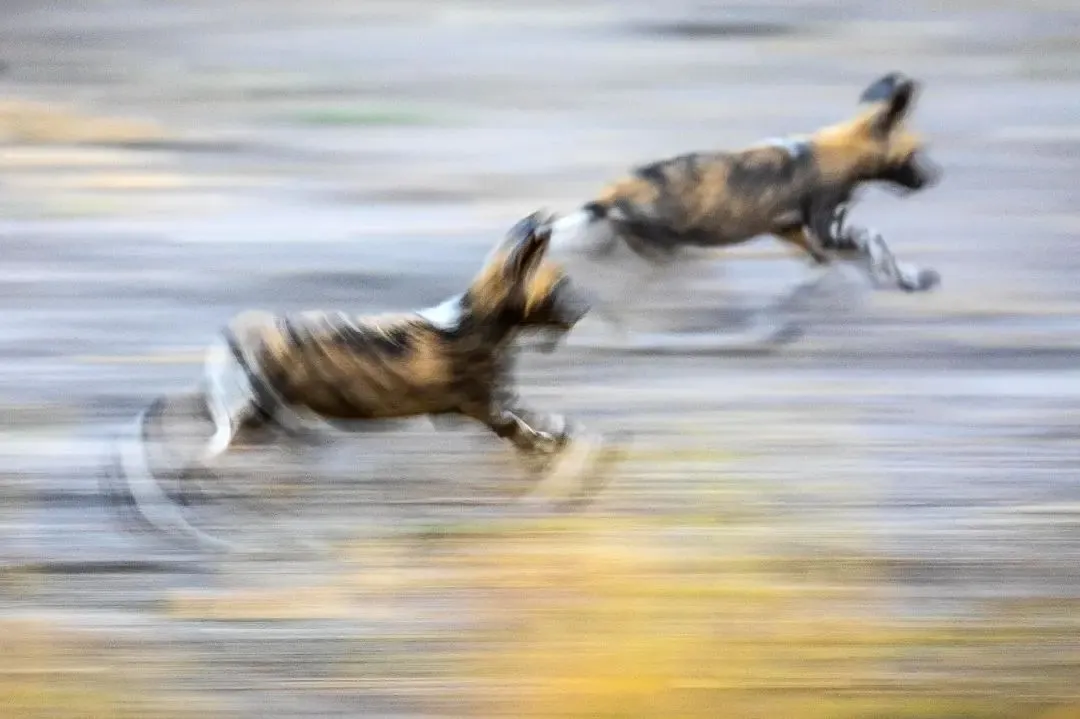
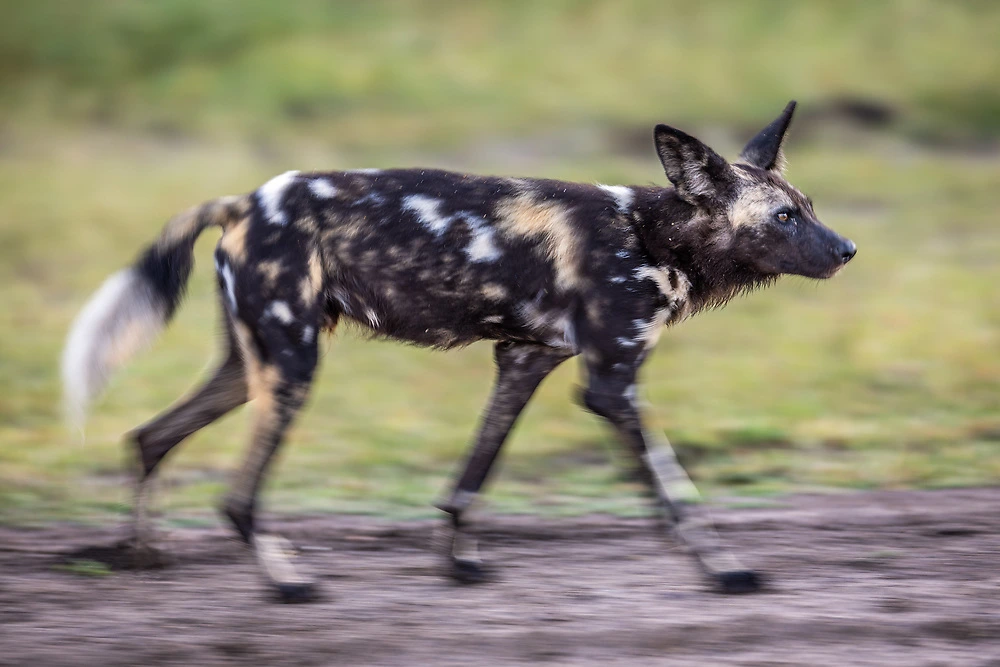
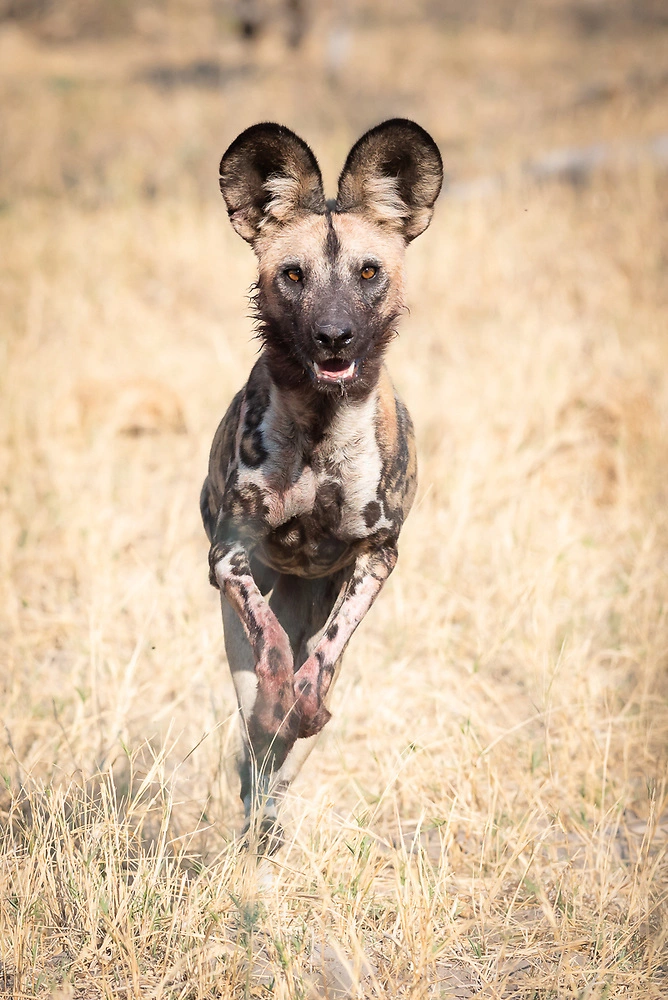
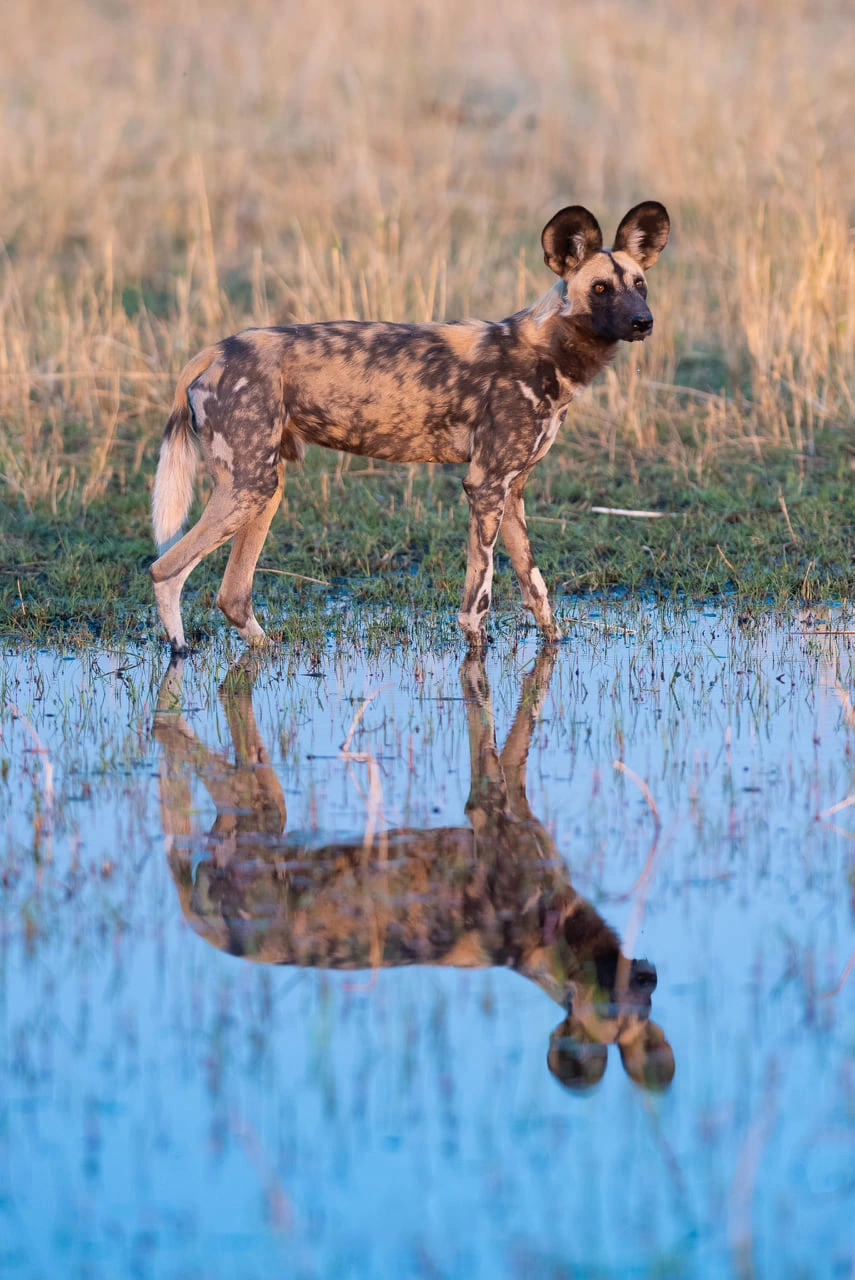

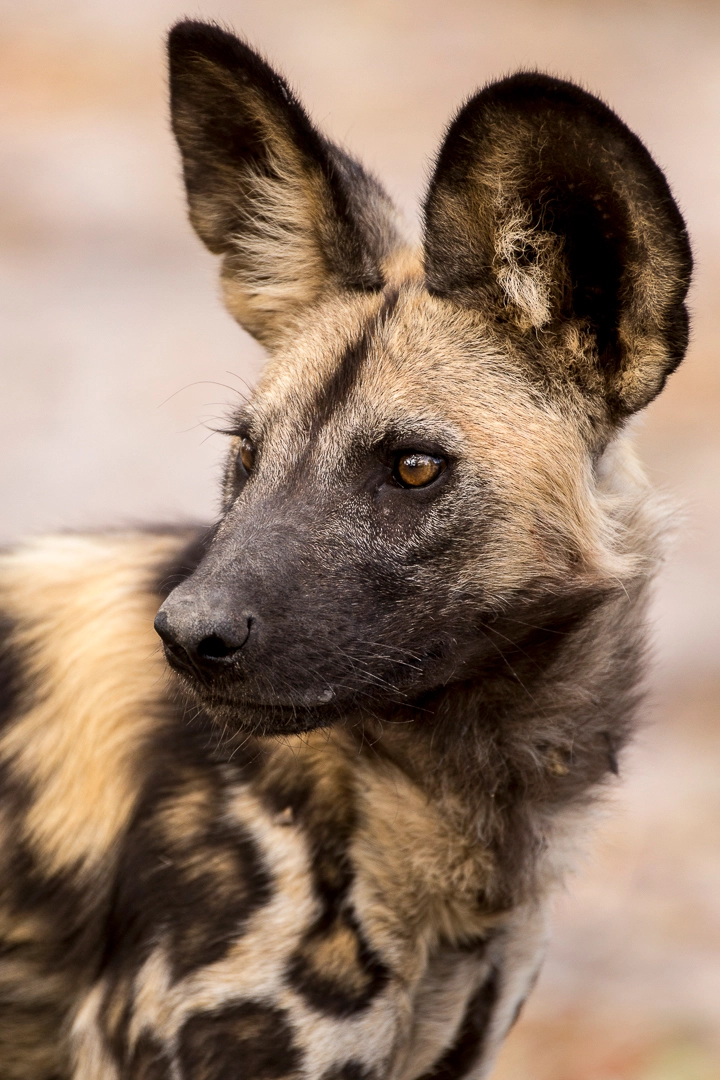
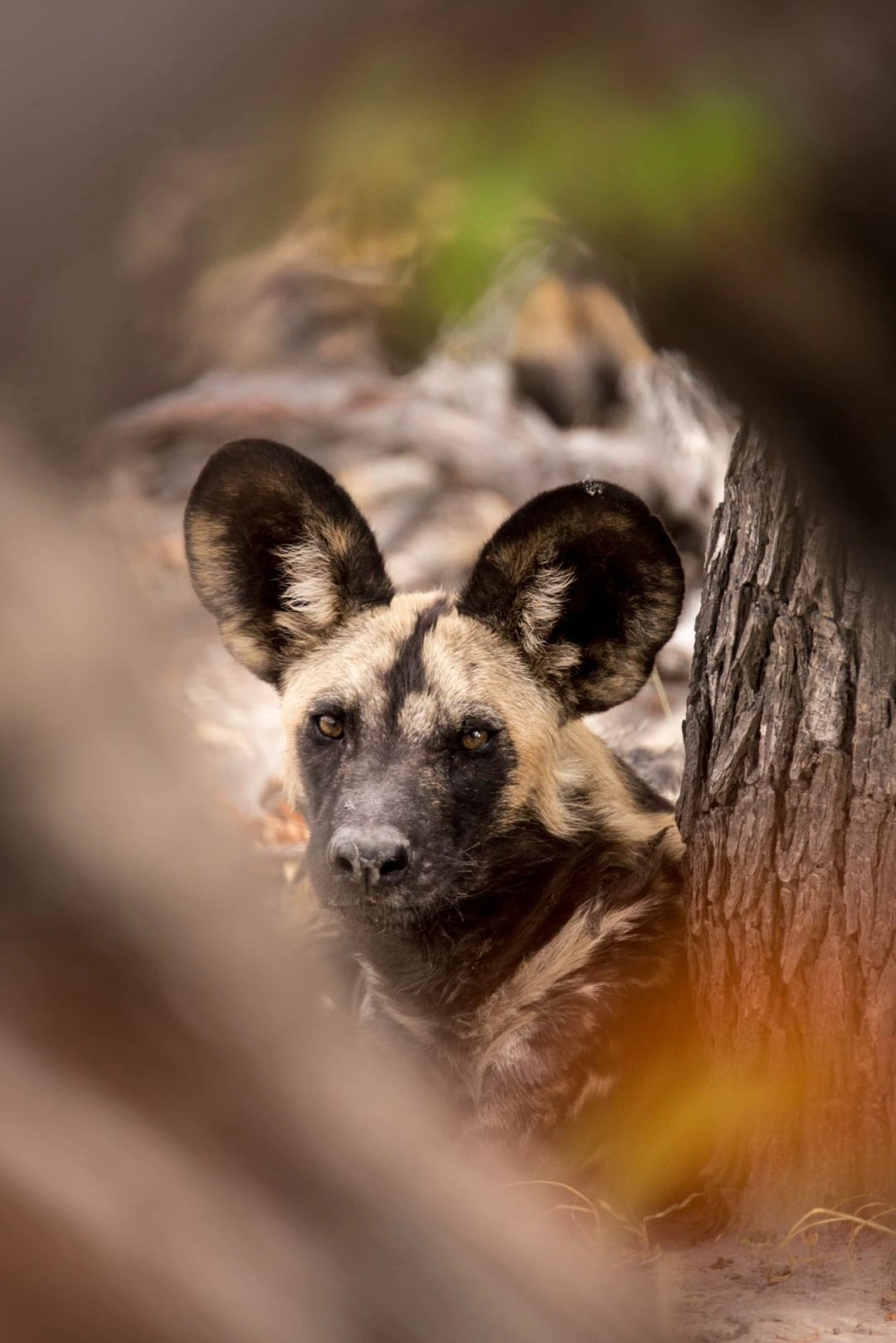
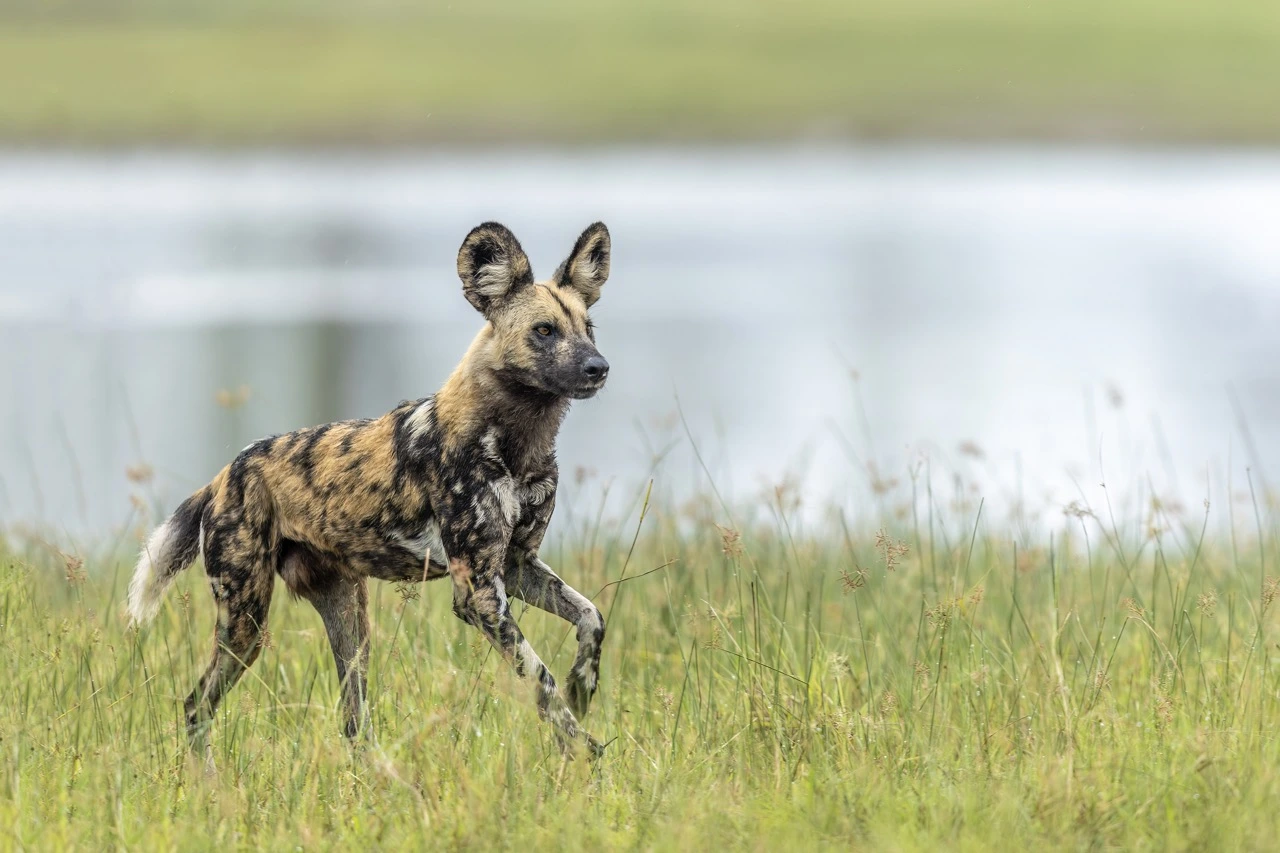
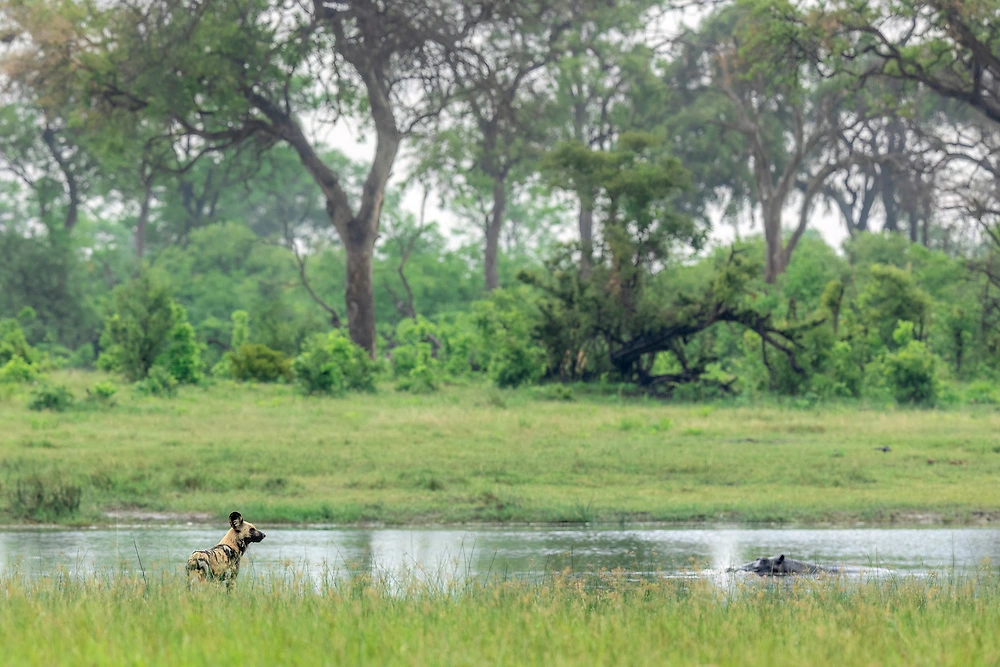
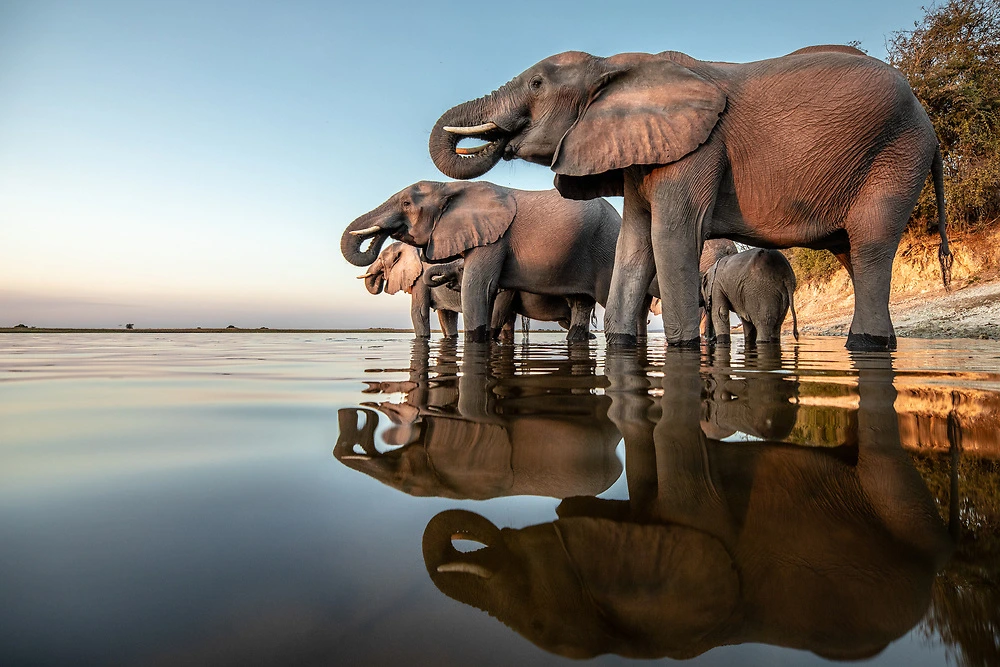
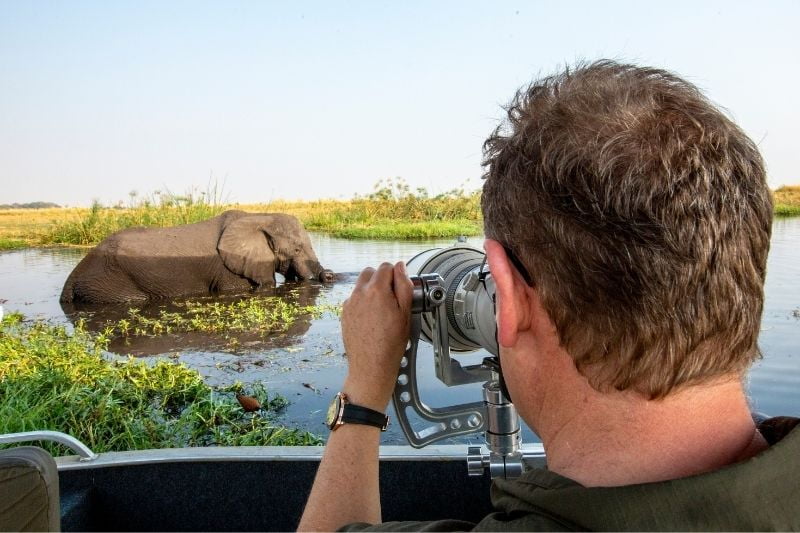
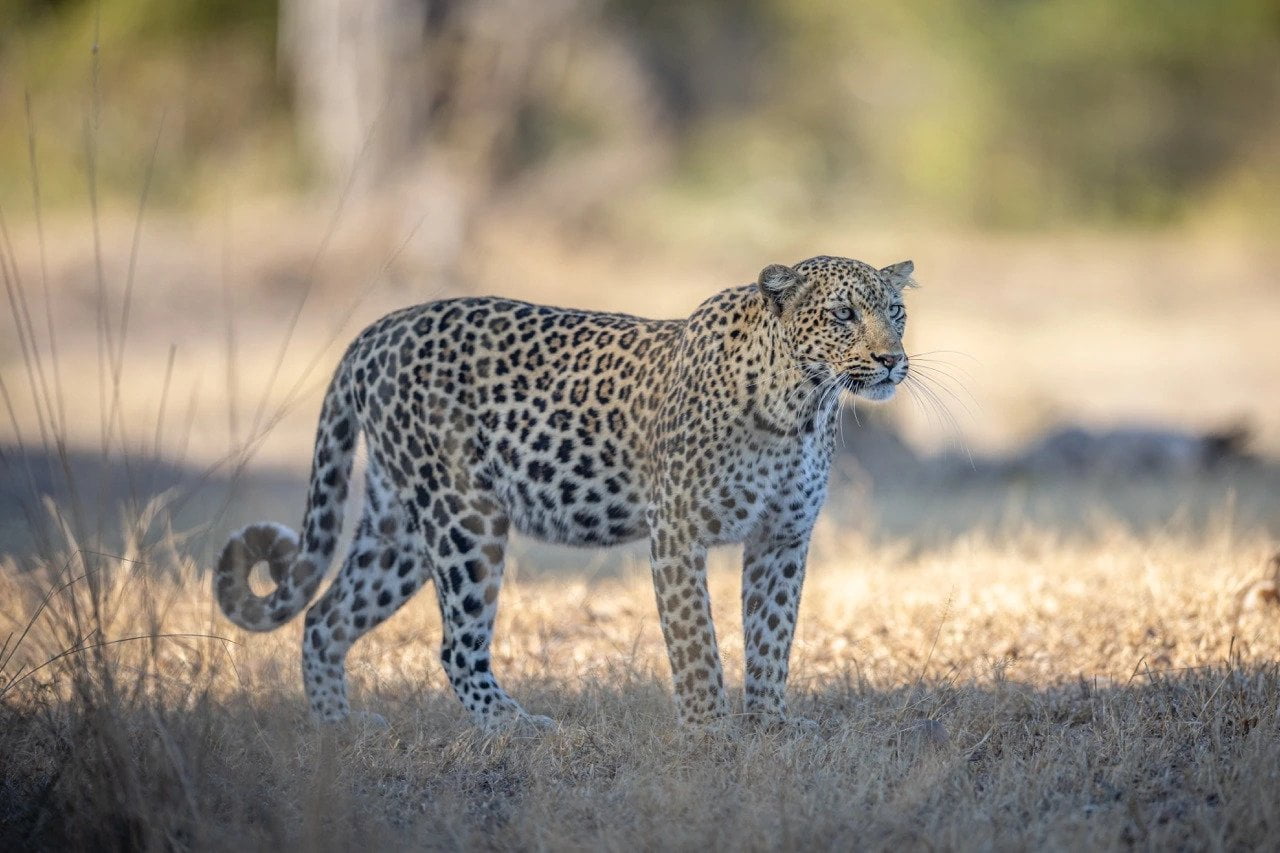
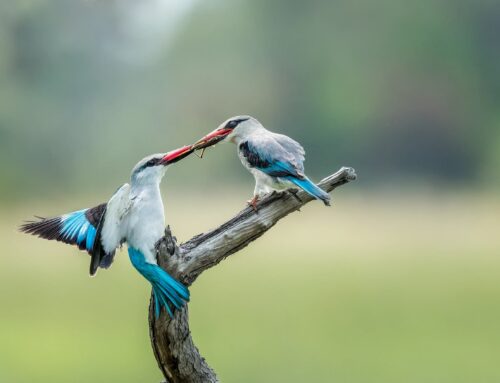
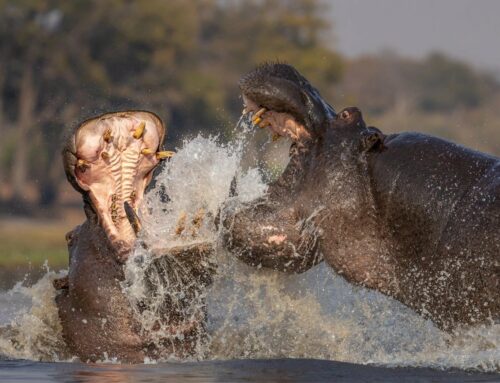
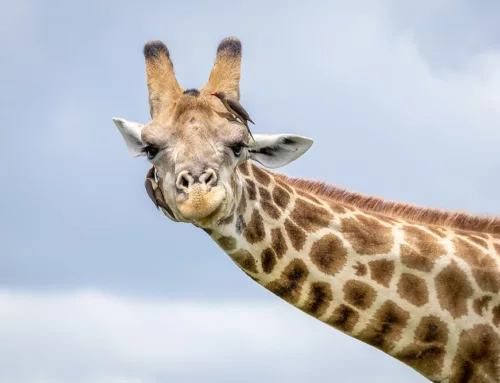
Leave A Comment
You must be logged in to post a comment.